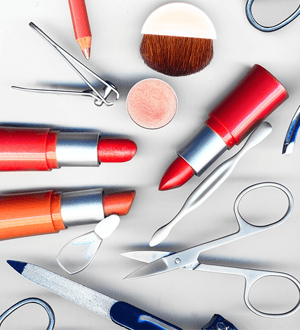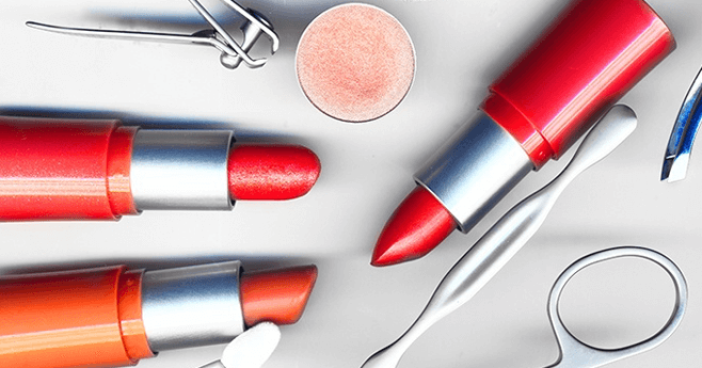Sustainable cosmetic and skincare products are increasingly popular. The global demand for organic personal care products is expected to reach USD 13.2 billion by 2018. By 2020, this figure is predicted to rise to USD 15.98 billion. Labels such as “100% Natural,” “Organic” and “Environment-Friendly” are no longer enough to convince consumers of a beauty product’s sustainability. The growing popularity of sustainable skincare and cosmetic products, however, has prompted some beauty companies to resort to greenwashing, advertising of a product as sustainable even if it is not. Consumers must be aware of what makes a beauty product truly sustainable in order to make informed purchasing decisions.
 Verify a Reputable Third-Party Certifying Body
Verify a Reputable Third-Party Certifying Body
Consumers should be wary of sustainability claims without proof. A brand’s own sustainability claim can be misleading. A manufacturer, for instance, may label its shampoo as “Made from 100% Natural Ingredients” without presenting evidence that it is, in fact, made entirely from natural substances. More importantly, there is no standard definition of what constitutes an ingredient as “natural.” Consumers should make sure that products they purchase bear the logo of a reputable third-party certifying body, such as the Green Good Housekeeping Seal, Leaping Bunny or USDA Organic. If they are unable to find such logos, the product may not really be sustainable.
Read the Fine Print
Before buying a “sustainable” skincare or cosmetic product, consumers should read the ingredients, and be aware of chemicals such as parabens and sulfates. For example, parabens—commonly listed as Methyl paraben, ethylparaben and isobutyl paraben—are proven carcinogens. Sulfates—commonly listed as sodium laureth sulfate and sodium lauryl sulfate—are known allergens.
Understand Terminologies
Consumers may think that “natural” and “organic” mean the same thing, but these two terms are different. A natural product is not necessarily organic, since natural products can be grown using chemical fertilizers and pesticides. Organic products, in sharp contrast, are grown without chemical fertilizers and pesticides. Similarly, not all natural substances are safe. For example, mercury and lead are natural chemicals. “Chemical-Free” may also be deceiving as many substances in this world are chemical compounds produced by chemical bonding. Water, for example, is the result of the chemical bonding of two hydrogen atoms and one oxygen atom.
Look Beyond the Ingredients
After reviewing the ingredients of a product, ask yourself, is the product’s packaging sustainable? Were the ingredients responsibly sourced? Was the product tested on animals? Was the product manufactured under safe working conditions? Sustainability aims to address environmental issues as well as social and governance issues.
Supporting sustainable skincare and other beauty products is good for the planet, and requires that consumers be able to identify which products are truly sustainable. Otherwise, they risk doing the opposite of their intention, inadvertently buying environmentally-hazardous products.
ADEC Innovations (ADEC) helps organizations recognize business drivers for sustainability practices and offers cost-effective sustainability management solutions. To stay current on the latest sustainability trends, subscribe to our monthly newsletter, GreenWatch.


